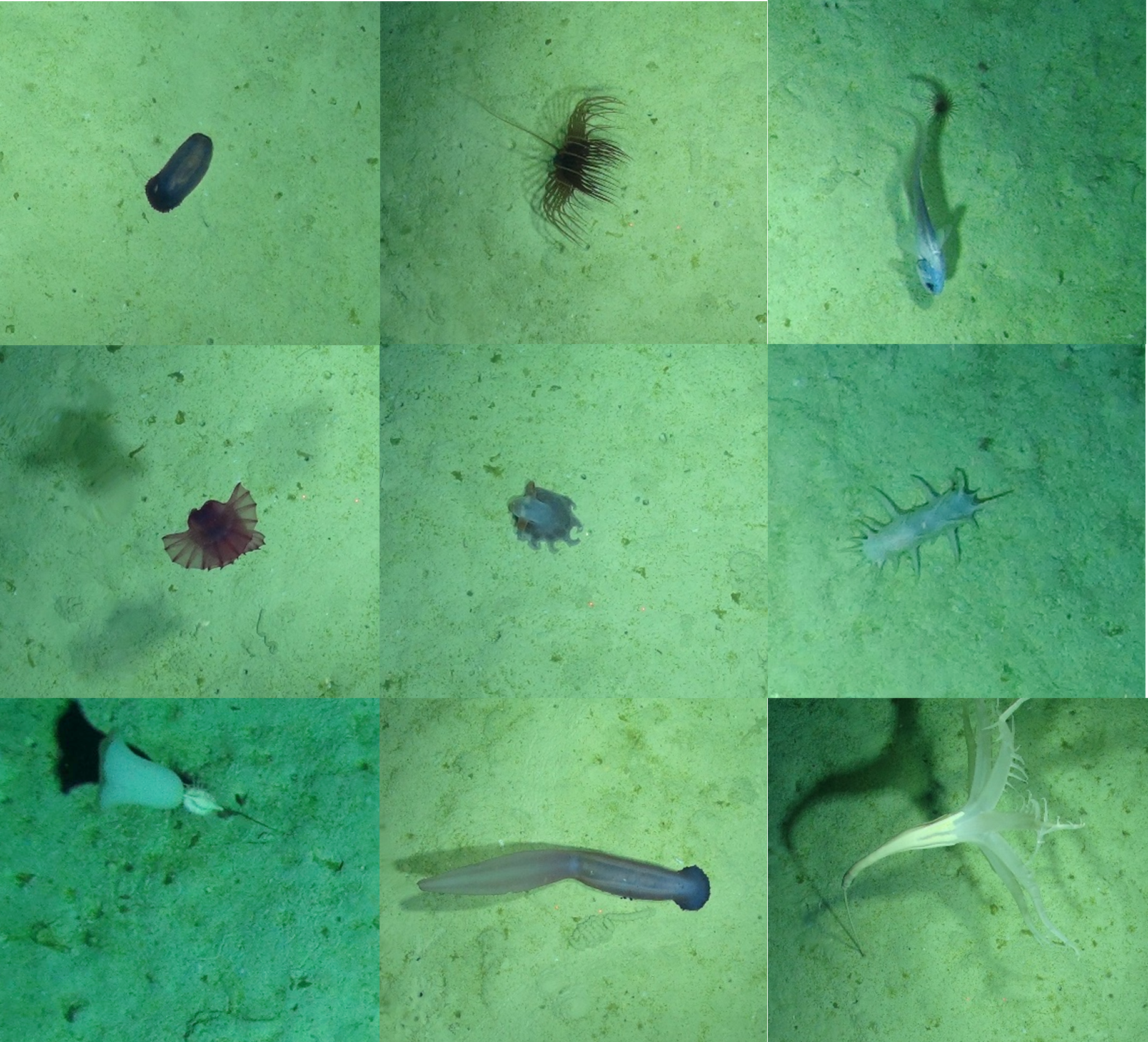HyBIS on JC263
By Emre Mutlu and Lucy Goodwin
One of the camera systems on this year’s PAP expedition is HyBIS, short for Hydraulic Benthic Interactive Sampler. HyBIS is a versatile and highly modular towed underwater vehicle. Unlike traditional remotely operated vehicles (ROVs) or autonomous underwater vehicles (AUVs), HyBIS combines the capabilities of both, offering a flexible tool for deep-sea exploration. Designed to operate in depths up to 6,000 metres, HyBIS is equipped to undertake a wide range of tasks, from surveying the ocean floor to collecting samples and capturing high-definition images and videos.

For this expedition, HyBIS is configured with the downward camera module which enables scientists to receive a live high-definition video feed and take still images every 5 seconds whilst sending precise depth and altitude readings as well as recording CTD data through the sensors mounted on it.
HyBIS highlights from JC263
On JC263, HyBIS has showed us some of PAP’s most common species, such as the sea cucumbers Psychropotes longicauda and Oneirophanta mutabilis, the anemones Amphianthus bathybium and Actinauge abyssorum, and the spot-light loving rattail fish, Coryphaenoides armatus. However, one of the benefits of HyBIS is that we also get to see the less common PAP species or those which are difficult to see via our other on-board sampling methods. Some highlights from this year were the Cerianthids; these are dark red tube-dwelling anemones which live deep in the sediment but stick their tentacles out to feed, and are almost impossible to catch during other operations because of the lighting speed at which they can retract into their tubes. Additionally, we saw many of the gorgeous sea cucumbers Benthothuria sp. and Enypniastes exima, both of which can leave the seafloor and swim up into the water – potentially a reason why they are rarely caught. Some other of our scientist’s favourites were the beautiful Solumbellula sea pens, the glorious and fragile, yet hugely important sea sponges, the rarely seen rattail Coryphaenoides leptolepis, and of course, the incredibly cute dumbo octopus – a highlight for everyone on board.
